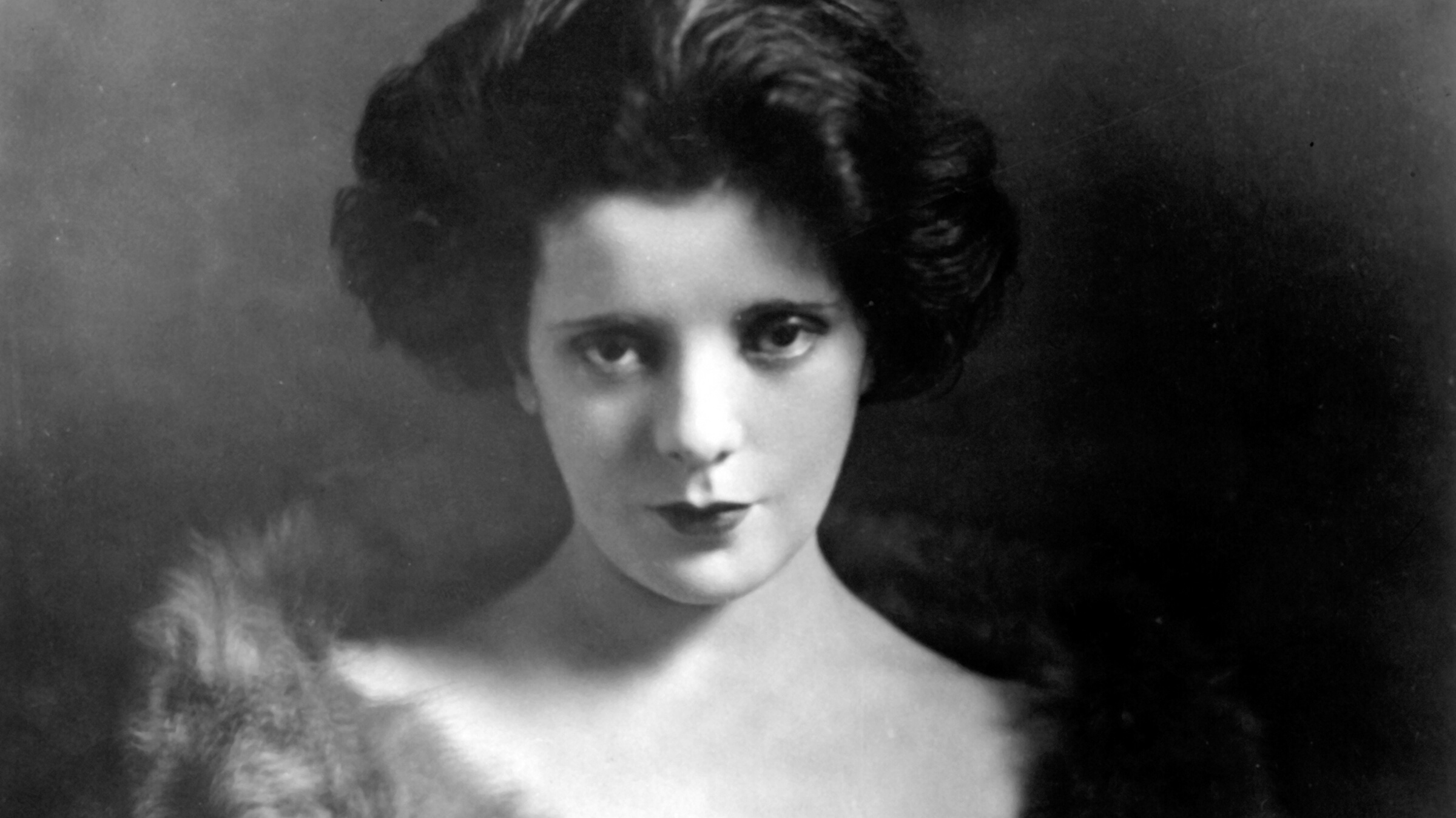This feature was published in conjunction with the screening of The Half-Breed at SFSFF 2013
Today, Alma Rubens is remembered not for her films or versatility as an actress, but for the demons that plagued her and ultimately ended her life. Born in San Francisco in 1897, Rubens appeared in nearly 60 films for the Triangle, Famous Players, Cosmopolitan, and Fox studios. Early roles include The Narcotic Spectre (1914), as well as bit parts in Peer Gynt (1915), The Birth of a Nation (1915), Intolerance (1916), and the Douglas Fairbanks cocaine comedy The Mystery of the Leaping Fish (1916). Bigger roles alongside Fairbanks in Reggie Mixes In (1916), The Half-Breed (1916), and The Americano (1917) got her noticed. While still a teen, Rubens went from supporting player to acclaim as a leading lady.
In 1917, she starred in the box-office smash The Firefly of Tough Luck and The Regenerates, a drama about drug addiction, both directed by E. Mason Hopper. In 1918, Rubens had top billing in every film in which she appeared. By 1920, she was a major star. The hits that followed include the original Humoresque (1920), The World and His Wife (1920), Enemies of Women (1923), The Price She Paid (1924), and East Lynne (1925).
After a busy 1925–1926, this dark-eyed beauty found it difficult to get roles, but not because her star had dimmed. Rubens’s cocaine and morphine use had begun to take its toll. She became increasingly unreliable, and colleagues noted her “drifting speech and glassy eyes” on set. In 1926, newly signed MGM actress Greta Garbo replaced her as the female lead in The Torrent.
Rubens’s earnings, as much as $3,000 a week at the height of her career, were squandered in search of her next high. William Randolph Hearst, who had produced several of her films, helped support her at Marion Davies’s request. It wasn’t enough. By the late 1920s, Rubens had been in trouble with the law, attempted to get clean, was hospitalized, escaped from a sanatorium, and was in and out of the headlines. She was also briefly and unhappily married to three well-known Hollywood figures, including actor Ricardo Cortez.
Over the course of her career, Rubens worked with some of the best directors of her time: Raoul Walsh, D.W. Griffith, Henry King, Victor Sjöström, and Frank Borzage (four times). She appeared in melodramas, crime stories, and westerns alongside the likes of William S. Hart, Lon Chaney, Lionel Barrymore, John Gilbert, Bela Lugosi, and George O’Brien. One of her last films was the part-talkie Show Boat (1929), in which she received fifth billing as the tragic Julie. Soon, however, all her accomplishments were eclipsed.
In 1931, Rubens’s sensational confession detailing her troubled life was serialized in newspapers across the country. The New York Daily News shouted its headline: “Why I Remain a Dope Fiend: The Most Amazing Confession Ever Told! Alma Rubens’ Own Story, Written Personally by the Once Great Movie Star Who Was Ruined by Drugs.” In poor health, Rubens died shortly after its publication. She was only 33.
Thomas Gladysz is a Bay Area arts journalist and editor of the “Louise Brooks edition” of The Diary of a Lost Girl. He is also the director of the Louise Brooks Society, which he founded in 1995.
ALMA RUBENS: IN HER OWN WORDS Excerpts from an article by Malcolm H. Oettinger in Picture-Play magazine, April 1922
“[Bill Hart] was watching Chet Withey direct Doug Fairbanks and me in one of those light Manhattan-cocktail comedies that Doug made famous. He asked me to do the vamping señorita in his next picture. I didn’t want to, but I was loaned to the Ince branch, and lured Bill Hart in a Mexican border affair. Louise Glaum, still camping in the old vamp ground, was my rival in the same picture.”
“I had a shawl-and-comb part, romantic, dashing, picturesque—the kind you know that always figures extensively on the posters in front of the theater… and from then on I was a marked woman.”
“When Doug Fairbanks put on Bret Harte’s story … he insisted upon my playing the exotic passion flower, another fandango lady… I was definitely established as a ‘furriner.’”
“To escape the rôle fate had thrust upon me I went East … and made so-called society dramas, yes, but paper-covered dramas, all of it.”
“Frank Borzage was looking all over New York and outlying territory for his ‘Humoresque’ girl. He had to find a Semitic type of considerable beauty, he told me, and he was kind enough to choose me.”
“After ‘Humoresque,’ I signed a lovely ‘know-all-men-by-these-presents’ contract with Cosmopolitan, and I’ve been in New York ever since.”

